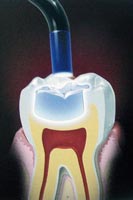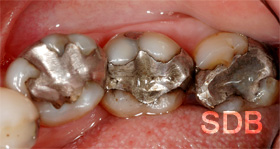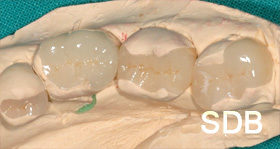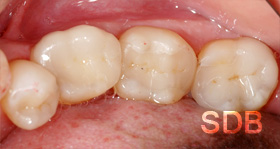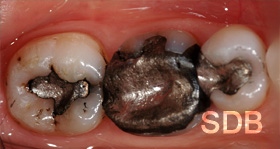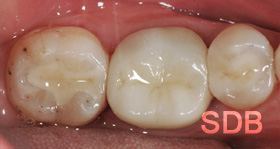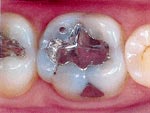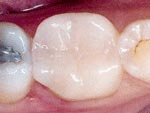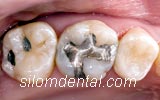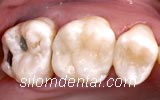 |
|
Dental Inlays and Dental Onlays
Bangkok, Thailand
Bangkok, Thailand
LAVA l E.MAX l EMPRESS l EMPRESS ESTHETIC
To repair damage to the tooth’s biting surface, rather than using a simple filling, or a crown, a dentist will often use an inlay, or an onlay. Inlays and onlays can be made from porcelain, gold, or composite or ceramic resin, although porcelain is now becoming the material of choice because of its strength and potential to match the natural color of your tooth.
At the second visit, the temporary sealant is removed. Your dentist will then ensure that the inlay / onlay fits properly in the tooth and does not interfere with your bite. The inlay / onlay is then bonded into the tooth with a strong bonding resin, and polished smooth.
TYPES OF DENTAL INLAYS AND DENTAL ONLAYS There are two types of dental inlays and onlays: : Tooth-Colored Inlays and Onlays Several types of tooth-colored inlays and onlays have been developed primarily for use in larger defects in back teeth. These are used in place of a crown (cap) or filling (restoration). They are made of porcelain, other ceramics, or resin (plastic). These materials are made in a laboratory and are cemented into place using a liquid plastic form of cement. Two appointments are required for their completion. These are beautiful restorations, matching tooth structure nearly exactly, but they have not been used long enough for optimal research knowledge about their long-term characteristics. more : Gold Inlays and Onlays For nearly a century, cast gold inlays and onlays have been regarded by many dentists as the best, longest-lasting method to repair teeth. Inlays fit within the biting surface of the tooth, whereas onlays cover the top of the biting surface. Many of these restorations serve for most of a patient’s lifetime. However, they are difficult to accomplish, expensive, and highly demanding of the dentist’s skill. more
THE PROCEDURE OF DENTAL INLAYS AND DENTAL ONLAYS
Two appointments of approximately one to two hours per tooth.
ADVANTAGES & DISADVANTAGE OF DENTAL INLAYS AND DENTAL ONLAYS |
Bonding material NX3 Nexus kerr Maxcem Elite kerr |
HOME
l SERVICE
l DENTISTS
l TECHNOLOGY
l FACILITIES
l ABOUT US
l SITE MAP
PROMOTION
l PRICE&DURATION
l CONSULTATION
l FAQ
l LINKS
l MAP
l TESTIMONIALS
l OUR LAB
l RESOURCES
DENTAL BRACES
l LASER TEETH WHITENING
l IMPLANT DENTISTRY
l ENDODONTICS
l OPERATIVE DENTISTRY
l SEDATION DENTISTRY
COSMETIC DENTISTRY
l PROSTHODONTICS
l PERIODONTICS
l ORAL SURGERY
l PAEDODONTICS
l GP & ORAL EXAM
l OCCLUSION
DENTAL OFFICE
l DENTAL CLINIC
l COSMETIC DENTISTRY
l COSMETIC DENTIST
l TEETH BLEACHING
l TOOTH WHITENING
DENTAL CROWNS
l DENTAL IMPLANTS
l DENTAL TREATMENT
l DENTAL IMPLANT
............................................................................................................................. Copyright© 2004 SILOM DENTAL BUILDING. All Rights Reserved.
Local Call : 0 2636 9092-5, International Call : (+) 66 2636 9091, (+) 66 2636 9097
e-mail :silomdental@silomdental.com
Dental Inlay, Dental Onlay, Dental Inlay Bangkok, Dental Onlay Bangkok, Dental Inlay Thailand, Dental Onlay Thailand
